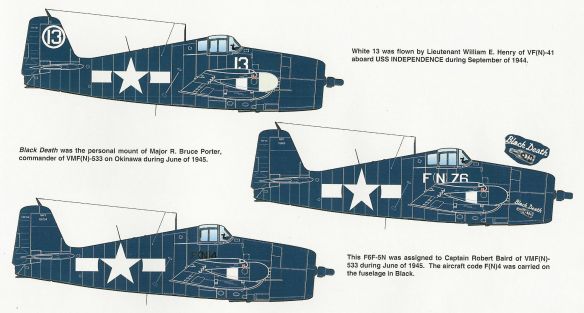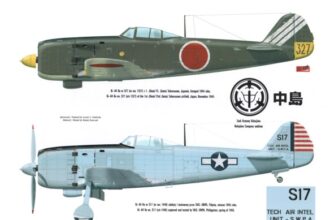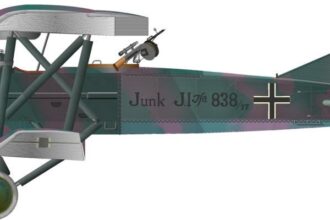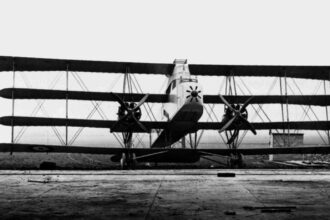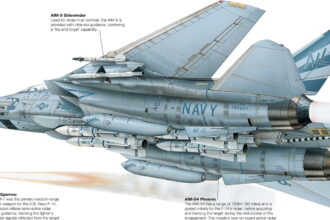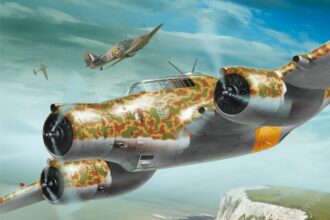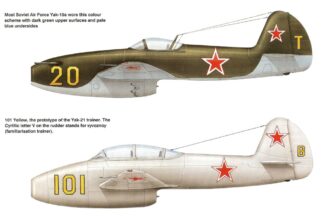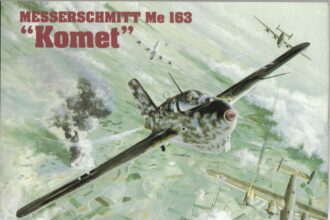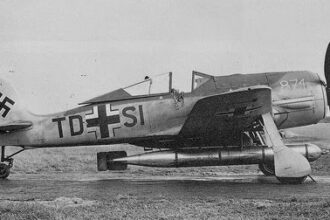Newsletter
Get the latest from Weapons and Warfare right to your inbox.
Follow Us
Explore
Aircraft
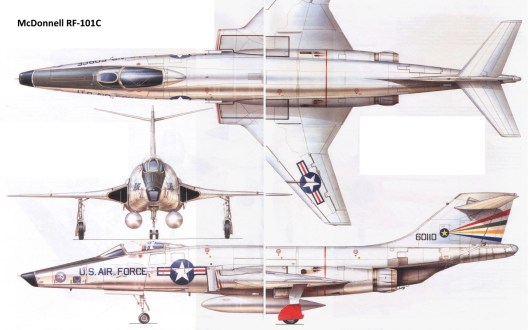

US Navy WWII Night-fighters
Though at the time of Pearl Harbor, on 7 December 1941, the Europeans had vastly greater experience of air warfare than the Americans, the close collaboration between Britain and the United States from mid-1940 had gone far to put the United States well in the picture. With characteristic energy the US Army and Navy re-thought their day-fighter procurement, buying aircraft…
Most Recent
British RFC Supermarine Nighthawk
The British RFC Supermarine Nighthawk, an anti-Zeppelin night fighter, used a trainable nose-mounted searchlight, a 1½-pounder (37 mm) Davis gun mounted above the top wing with 20 shells, and two .303 in (7.7 mm) Lewis guns. Power for the searchlight was provided by an independent gasoline engine-driven generator set made…
Grumman F-14 Tomcat (1970)
An F-14A of Fighter Squadron (VF) 111 ‘Sundowners’, assigned to the carrier USS Carl Vinson (CVN 70), U.S. Navy Pacific Fleet, in the mid-1980s. The unit’s ‘sharkmouth’ motif is worn on the nose and the external fuel tanks, albeit in a toned-down format. The early days of U.S. Navy Tomcat…
CANT Z.1007
Along with the Savoia-Marchetti S.M.79, the CANT Z.1007 Alcione series of bombers served as the backbone of the Regia Aeronautica’s conventional and torpedo strike forces in World War II. Under the aegis of the firm of CANT, Ingeniere Filippo Zappata began design studies of the CANT Z.1007 and Z.1011 in…
Russia’s Early Jets: The Ugly Ducklings
Following the acquisition of the first captured German turbojets at the end of 1944, various Soviet design bureaux were ordered to begin a crash programme aimed at producing operational fighters designed around these engines. The bureaux involved were Mikoyan and Guryevich (MiG), Lavochkin, Sukhoi and Yakovlev. By the time initial…
Messerschmitt Me 163 Komet
As is often the case, wartime accelerates the development of new technology, and World War II was no exception. For Germany, this took the form of the Messerschmitt Me 163 Komet, the first operational rocketplane in human history. Like its immediate predecessor the He 176, it used liquid propellants in…
German Torpedo Bombers
Proposed Focke Wulf Fw-190A-5/U-14 with torpedo LFT5b (800kg) Luftwaffe 1943. A German Junkers Ju-88A-17 bomber Heinkel He 111H-6 Heinkel He 111 Early variants of the He 111, Germany’s most prolific medium-bomber design, had a conventional stepped cockpit with a pair of windscreens for pilot and co-pilot. They first saw action…
Most Popular
Focke Wulf Fw 190D-9 Dora
Arguably, the Focke-Wulf Fw 190 evolved into wartime Germany’s most effective fighter, offering the Luftwaffe…
American Medium Bombers of WWII Part I
Douglas A-20 Havoc Douglas Aircraft developed the Model 7B twin-engine light attack bomber in the…
Spitfire XIVs versus Bf 109Ks
Final Encounter (Spitfire v Messerchmitt) by Michael Turner. Wing Commander J E Johnnie Johnson, Spitfire…
